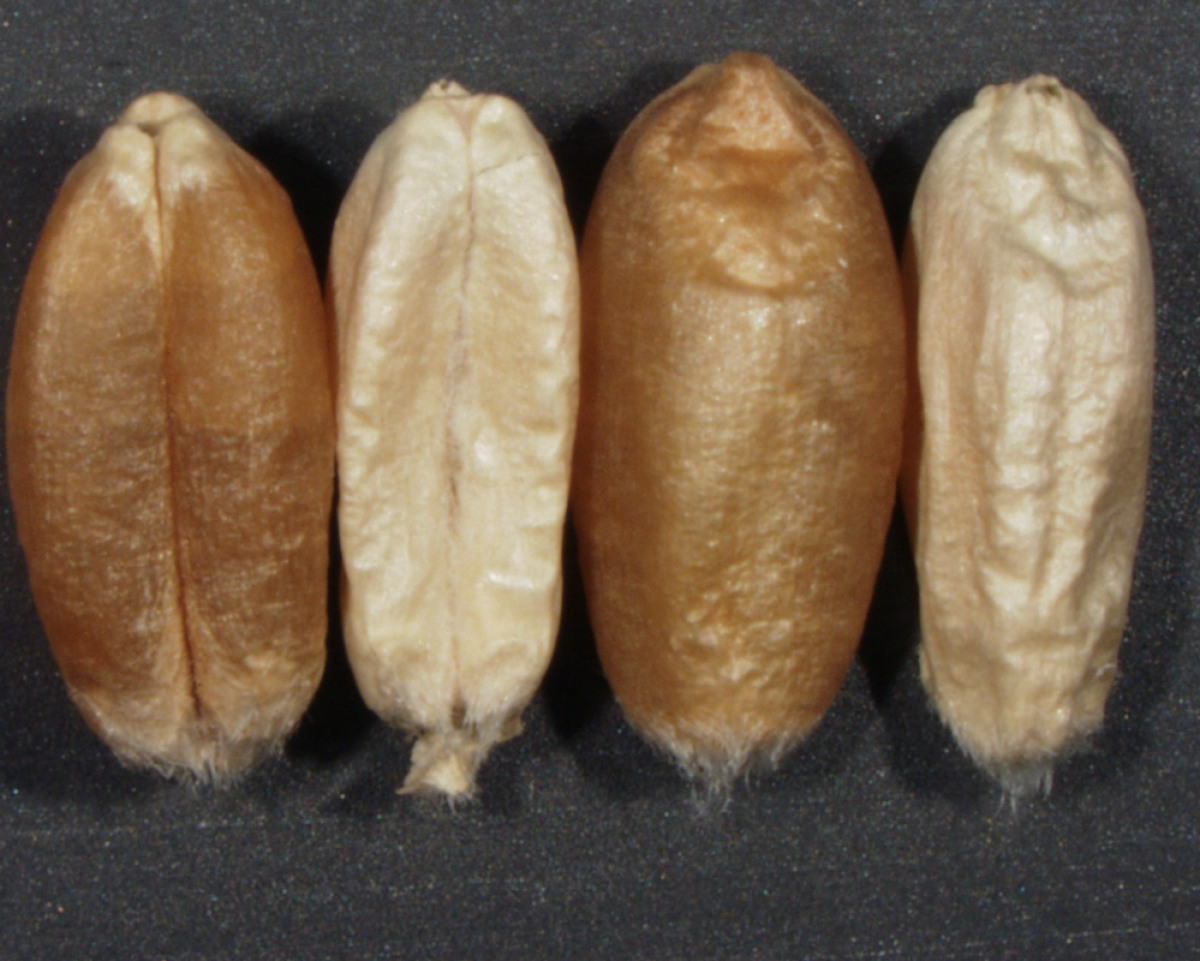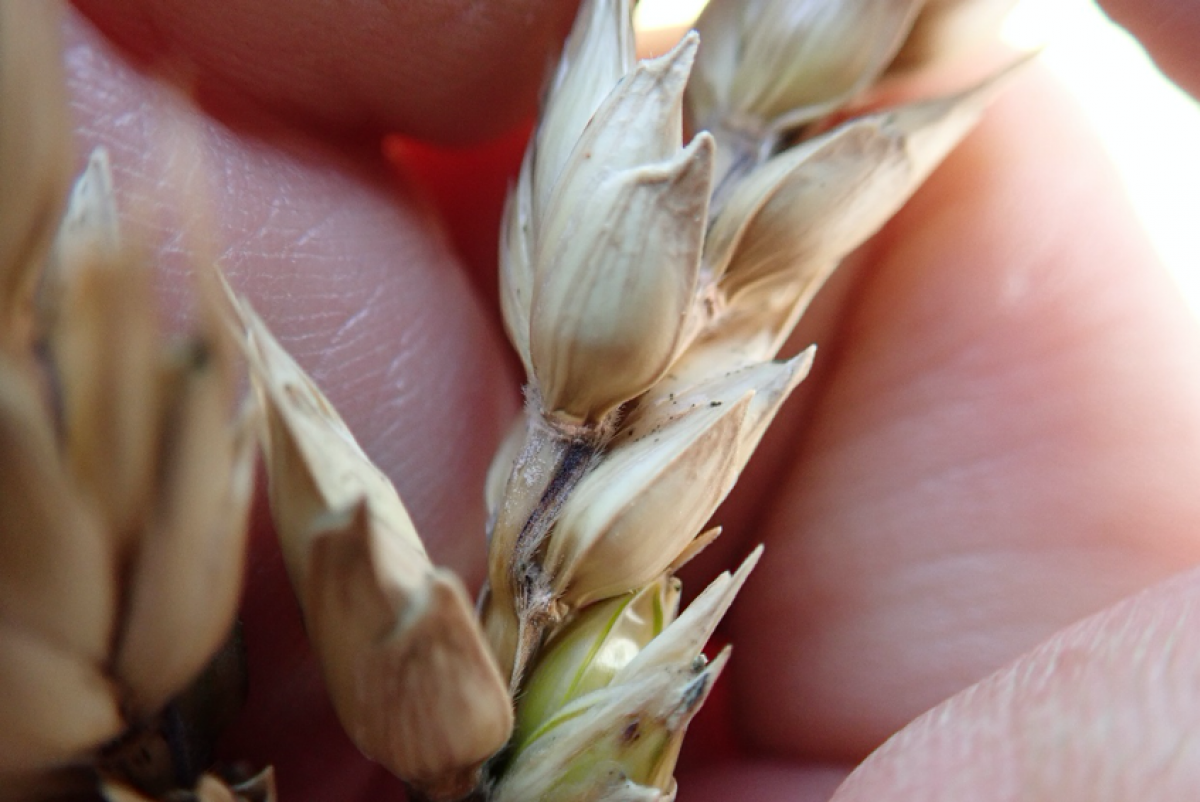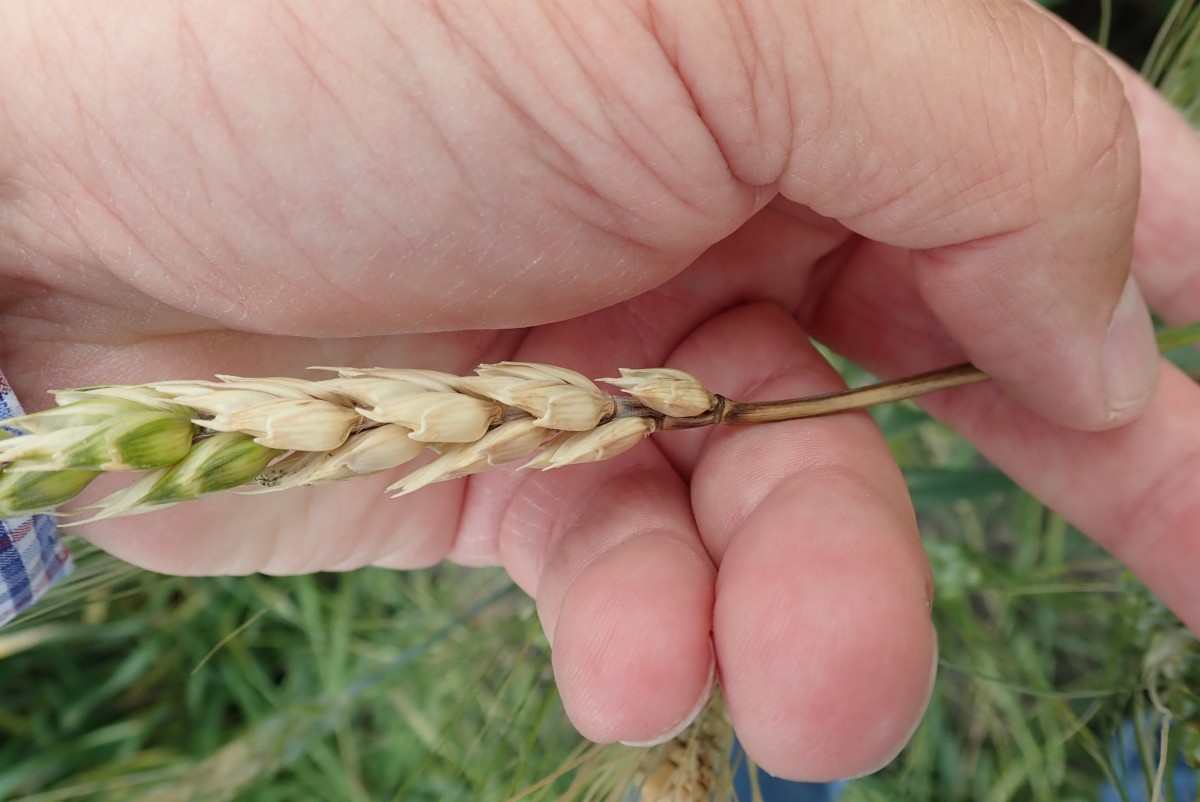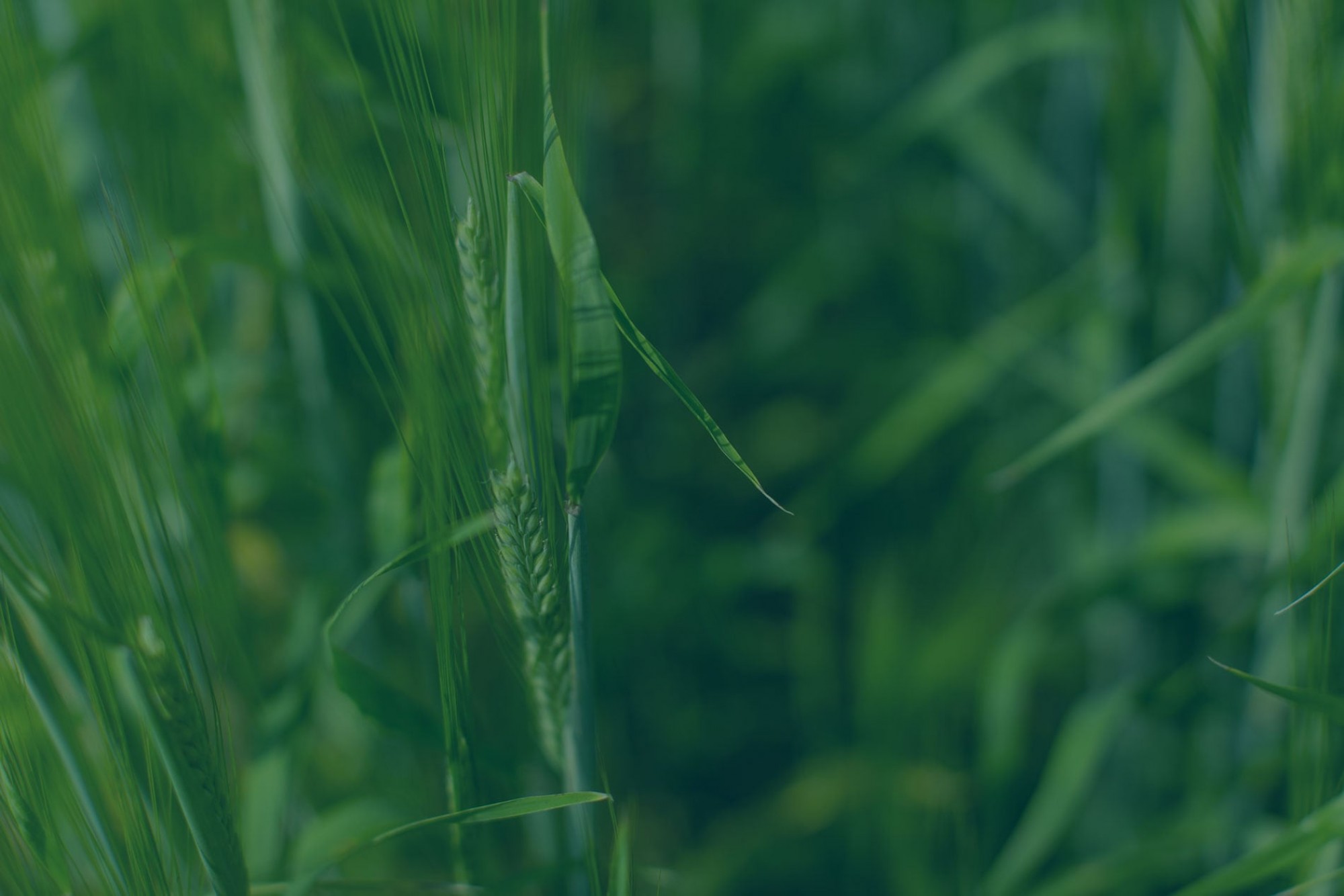What can growers do when they cannot find Fusarium graminearum (Fg) free seed for planting?
By Sheri Strydhorst, PhD Alberta Wheat and Barley Commissions with expert guidance from Dr. Kelly Turkington (AAFC Lacombe), Monica Klaas (Alberta Seed Processors) and Sarah Foster (20/20 Seed Labs)
In preparation for spring planting, some growers are struggling to find Fusarium graminearum (Fg) free seed. While Fg-free seed lots are best, there are many instances where growers are unable to find Fg-free seed for planting the 2021 crop.
Fg is no longer a designated pest in Alberta. Removal of Fg from the Pest and Nuisance Control regulation brings Alberta in-line with best practices from other provinces and allows farmers access to the most current seed varieties (which may have improved Fg resistance) and cereal research.
However, some areas of the province do not have Fg well established. In consultation with Fg experts: Dr. Kelly Turkington (AAFC Lacombe), Monica Klaas (Alberta Seed Processors) and Sarah Foster (20/20 Seed Labs), we have prepared a list of best management practices to responsibly address this disease.
When growers are sourcing seed they should consider the following best management practices:
• Select a high-quality seed lot that had been tested at an accredited lab for at least germination and Fg
• All cereal seed intended for planting must have the lowest levels of Fg possible (preference is for “not detected”).
• Seed should be tested by an accredited lab to show one of the following:
- a negative PCR test;
- a plate test showing percent infection; or
- if a PCR test comes back positive, a follow up plate test showing percent infection
• Any seed lots with detectable levels of Fg should be aggressively cleaned to minimize Fg levels and re-tested with a plate test to confirm Fg levels. Please note that seed cleaning (optical and density) will only help when FHB infection occurs early and FDK are present. Density-based cleaning works best for wheat, but less so for barley and oat, where seed density is impacted less by Fg infection. For barley, optical sorting may also clean out seed infected with the spot blotch pathogen, Cochliobolus sativus, which can produce symptoms on seed that are similar to those caused by Fg. Optical sorting of wheat may also remove seed infected with the glume blotch pathogen, Parastagonospora nodorum, which can produce kernel symptoms that are similar to FDK caused by Fg. An aggressively cleaned seed lot will not be completely clean of Fg. Some Fg infected kernels may not show visual or density changes, and therefore cannot be removed with cleaning.
• To be in-line with infection levels found in 2020 in Alberta wheat, seed lots with more than 2% Fg should not be planted unless growers have had a regular history of downgrading and Fg infection.
• All seed intended for planting should be uniformly treated with a seed treatment effective against Fg.
• More information can be found at: https://www.alberta.ca/alberta-fusarium-graminearum-management-plan.aspx

Figure 1: Image of Fusarium Damaged Kernels (FDK) caused by fusarium head blight. Note the shriveled chalky appearance of FDK next to clean kernels. (Image courtesy of Dr. Kelly Turkington, AAFC Lacombe)
If growers are concerned about Fg where it is not present or isn’t routinely found, they can take additional measures such as:
- Extending the time before another host crop (cereals or corn) is planted on the field in subsequent years
- Bale the straw from the field and dispose of this straw, but this has many logistical challenges
- If seed harvested from the proposed field has tested negative for Fg in the previous years, then stubble/residues can be tested to determine if the disease may be present at low levels in the field, if the stubble tests positive for Fg, planting seed with low levels of Fg may not represent a first introduction of Fg to the field
Be aware that planting seed with very low levels of infection, does not mean this practice will result in widespread Fg infestation and immediate issues with fusarium head blight (FHB) and downgrading. Typically, it takes several years of a tight rotation of host crops and favourable weather before the occurrence of FHB issues in terms of field symptoms, downgrading due to FDK, etc.

Figure 2: Image of fusarium head blight infection in wheat. Note salmon pink sporulation and brown discolouration of rachis. (Image courtesy of Dr. Kelly Turkington, AAFC Lacombe)

Figure 3: Image of fusarium head blight infection in wheat. Note brownish discolouration on rachis and upper stem. (Image courtesy of Dr. Kelly Turkington, AAFC Lacombe)
The 20/20 Seed Labs maps show the ebb and flow of Fg disease incidence in Alberta over the past number of years. Please note these maps show areas of the province where Fg has limited presence (non-endemic), areas with endemic presence of the pathogen, which means the disease is well established and can cause moderate to severe issues with favourable weather conditions. In addition, the maps show areas that are in transition from the non-endemic to endemic categories.

